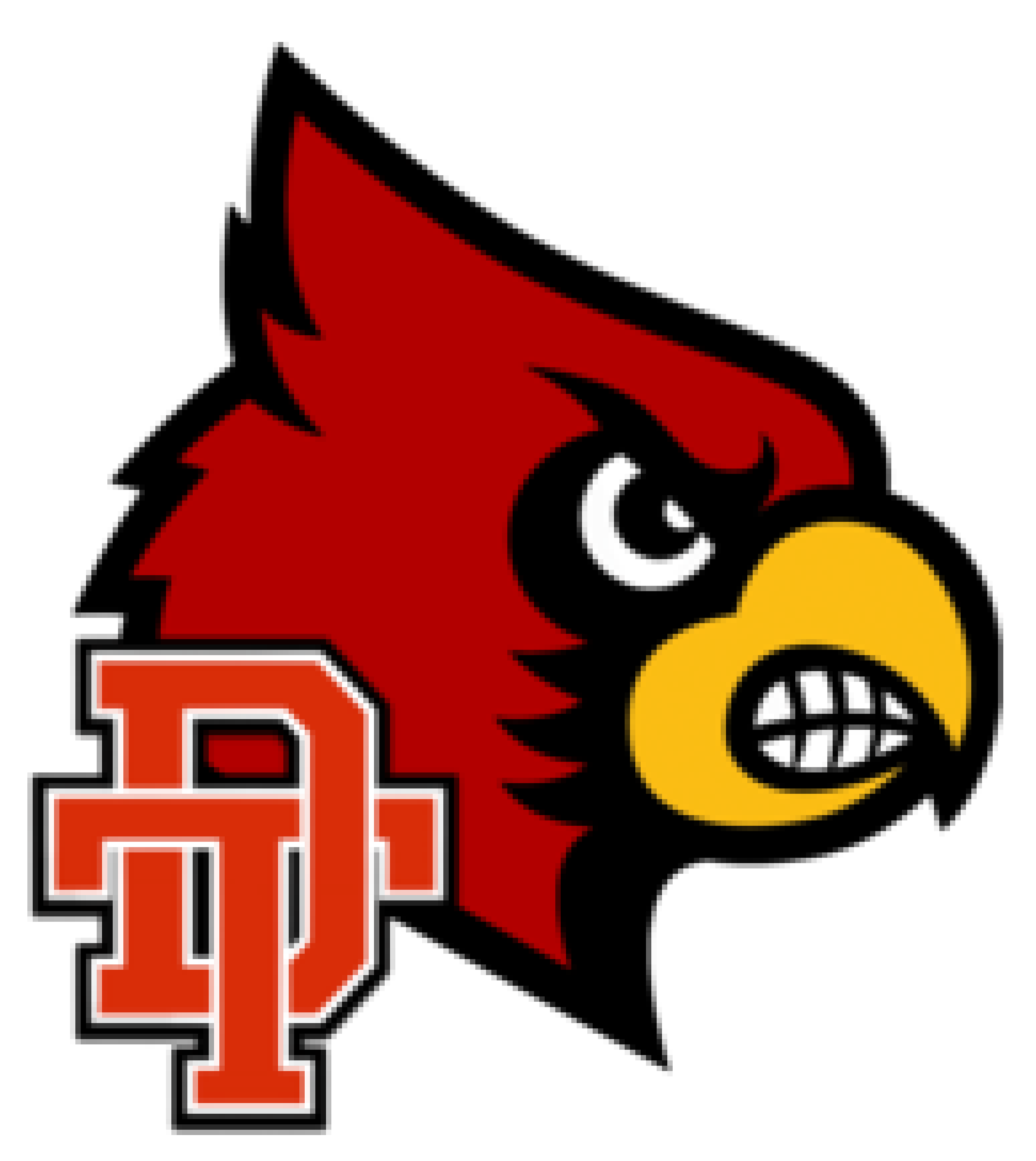Schoolbooks to Stethoscopes
Health Science and CNA classes for DT students
by: Erin Saathoff
CNA and health science careers pave a pathway to future opportunities for DT students. Ms. Laurel Rader teaches health science and med term classes, while school nurse, Ms. Jamie Kreutz teaches CNA classes.
“I think it’s exciting that Doniphan started this program,” Kreutz reasons, “it's nice for students to be able to get certified while in school versus having to do it outside of school time because sometimes sports, weekends, and just being active in extracurricular activities makes it hard for students. So I do like that students are able to do it during class time.”
Juniors and seniors and the main students who can take these classes. There are four students that want to take the CNA class this year, while last year 3 students earned their CNA through the classes at DT. The health science career pathway is open to any students interested in the health care profession. Students can take a class in health sciences careers, where students explore different medical professions and the type of schooling they will need. This class also encourages students to job shadow in the areas they are interested in. There is a health science 2 class that includes information about healthcare and talks to healthcare professionals in order to learn more about careers they might be interested in.
Junior Alayna Harrenstein, who takes the health science 2 class, said. “I definitely like learning new things because we are going to use them in life, like CPR; you're always going to use that in life. It's very helpful.”
The CNA class allows students to become certified nursing assistants, which gives students the opportunity to earn their certification while in school and makes them employable. This course requires 170 hours of in-class time with an instructor, a full semester. There are two parts to a CNA class; the written and the testing. The written portion includes tests and quizzes while the testing involves demonstrating the skills you've learned on a mannequin. After students pass the class, they are still required to test with a state instructor to earn their certification.
Hannah Greathouse, a senior at DT, states, “My favorite thing we’ve done in this class is a tie between learning CPR because that will always be handy, and I really enjoy doing hearing tests on the preschoolers and kindergarteners.”
This course benefits not just DT students, but the medical field in general. Many students who earn their CNAs work in hospitals and nursing homes while in high school and college to earn higher medical degrees. According to the University of Nebraska Medical Center, in Nebraska, the number of OB/GYNs, physicians, and other healthcare professionals is declining. An influx of medical professionals is sorely needed, and maybe programs like this one might be a solution.
Kreutz states, “I think it’s a benefit to just healthcare in general. If more schools did classes, we would get more CNAs which means more staff out to the hospitals and nursing homes because I think it’s definitely a needed profession.”

